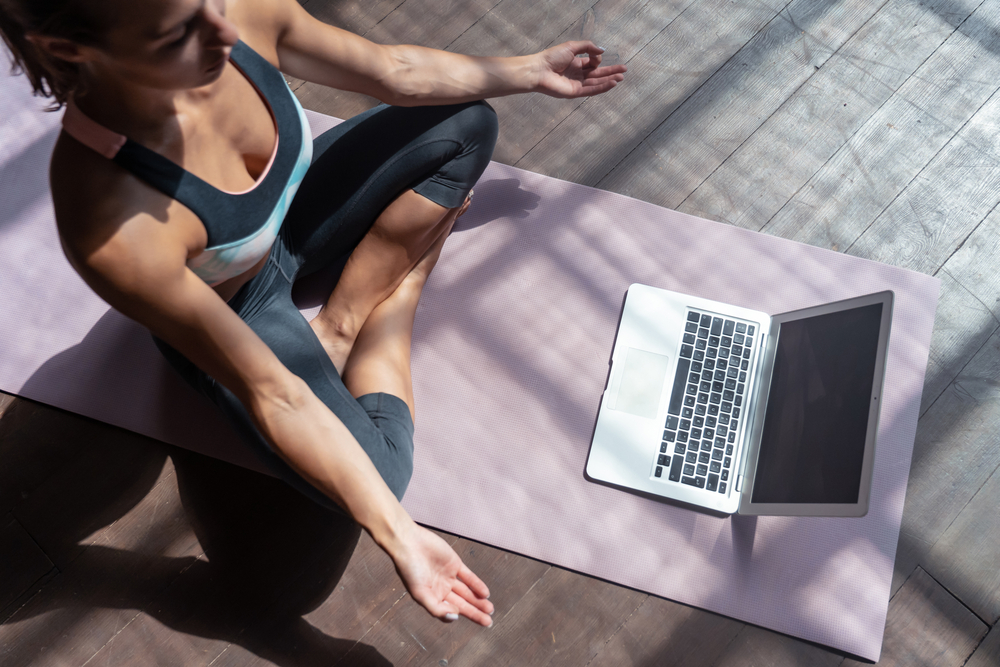Pilates and Yoga
“Which is best? I’m not into that hippy yoga, do I really need to do it?” Okay, let me try and give my breakdown and experience with both modalities. Please remember, I’m not trained in either of these but will try and give my opinion from a chiropractic perspective (if you want to find out more about Yoga head over to our podcast or Youtube channel to watch an interview with Becca Sullivan who is a Yoga teacher).
Yoga has many of its origins from Eastern culture and has a spiritual attachment to it. There are many teachers that will steer clear of this approach but also many that will build a lot of spiritual work into their classes. It all depends what you are looking for. There are many different types of yoga, and from talking with Becca and various yoga teachers, if you are starting out, then a Hatha class seems to be one of the more popular ones.
With back pain and starting yoga it’s important to remember you will be stretching a lot, and many sustained stretches over long periods of time, often two-three minutes. Number one must do is to inform the instructor of your back issue. Most will be able to know what is good for your spine and what is not, and they can modify certain moves for you.
Book a consultation with a Chiropractor here
For example, if you are attending a yoga class and have a neck issue, then performing anything on your head is a bad place to start, or if you have a low back issue then doing seated reach forward with your chest compressing your spine is also not going to be beneficial long-term.
The sustained stretching is good for the spine as it will bend it and flex it as it was designed to. It adds an extra layer of flexibility back to the ligament and muscles and can reduce pain. I would be careful when doing rotation stretching; twisting too much can put pressure on discs and should be done carefully. Personally, I’m a fan of yoga. I believe, when done with a cautious instructor who has experience with people who are recovering from back injuries, then it can have a beneficial effect and prevent recurrence. I also enjoy the breathing, and it relieves emotional stress, which is beneficial for you and, as you will read, emotional stress can impact our pain as well.
Pilates was developed more recently in the 1920s by Joseph Pilates (Sorosky et al, 2007). He originally designed it in a hospital with springs and bands to rehabilitate patients. He got such fantastic results that he developed the practice. Originally, he built the system around his patients using the reformer machine, which if you haven’t seen it, it’s a sliding carriage with a padded surface that moves with springs under different tension depending on which you want to use. This was the beginner starting point, and then his patients would develop and build towards the mat-work, or what most of us commonly associate with Pilates. So many of us, myself included, started Pilates on the mat. Why is this if this is the most advanced method? Well ease and practicality are the main ones. It’s costly and difficult to get twenty people on a reformer machine.
It is much more practical buying twenty mats and renting a room or a gym or using a squash court and doing it that way. Obviously, this can present issues in the ability to identify certain feelings like, tightening of the core, activating the pelvic floor or glutes. These are all vitally important techniques to be able to do to ensure you get the most out of a Pilates class.
I find Pilates to be incredibly effective when done properly with the proper guidance. Same rules apply as for yoga: make sure the instructor knows what is going on with your back, and they can modify it for any moves.
Pilates will strengthen rather than lengthen as yoga does. Although there is stretching in Pilates classes, the main focus is to strengthen the core and pelvic floor areas. This is why it is a great practice for mothers returning from pregnancies. A strong core and glutes is fundamental to ensuring we have a stable spine; they will act as a natural brace around the back, holding it in position. When we have a strong core brace, it means that movements like bending down, getting out of the car or picking kids up have much less of a chance of putting pressure through the spine and causing any back spasm.
The stronger you are, the less likely you are to have long-term issues with the back. I would recommend Pilates, and if you had to push me for my preference, it is Pilates. I have done more of it and tend to get more benefit from it. But as you will read in this book, there is no right or wrong for one person. What works for you may not work for somebody else who is displaying exactly the same symptoms.
Book a consultation with a Chiropractor here
If you do know someone who wants more advice, please send them our details. You can send them this assessment as well to diagnose their back pain. It is a great tool to understand where your back pain is coming from, it is free and takes 60 seconds. Click here for assessment


